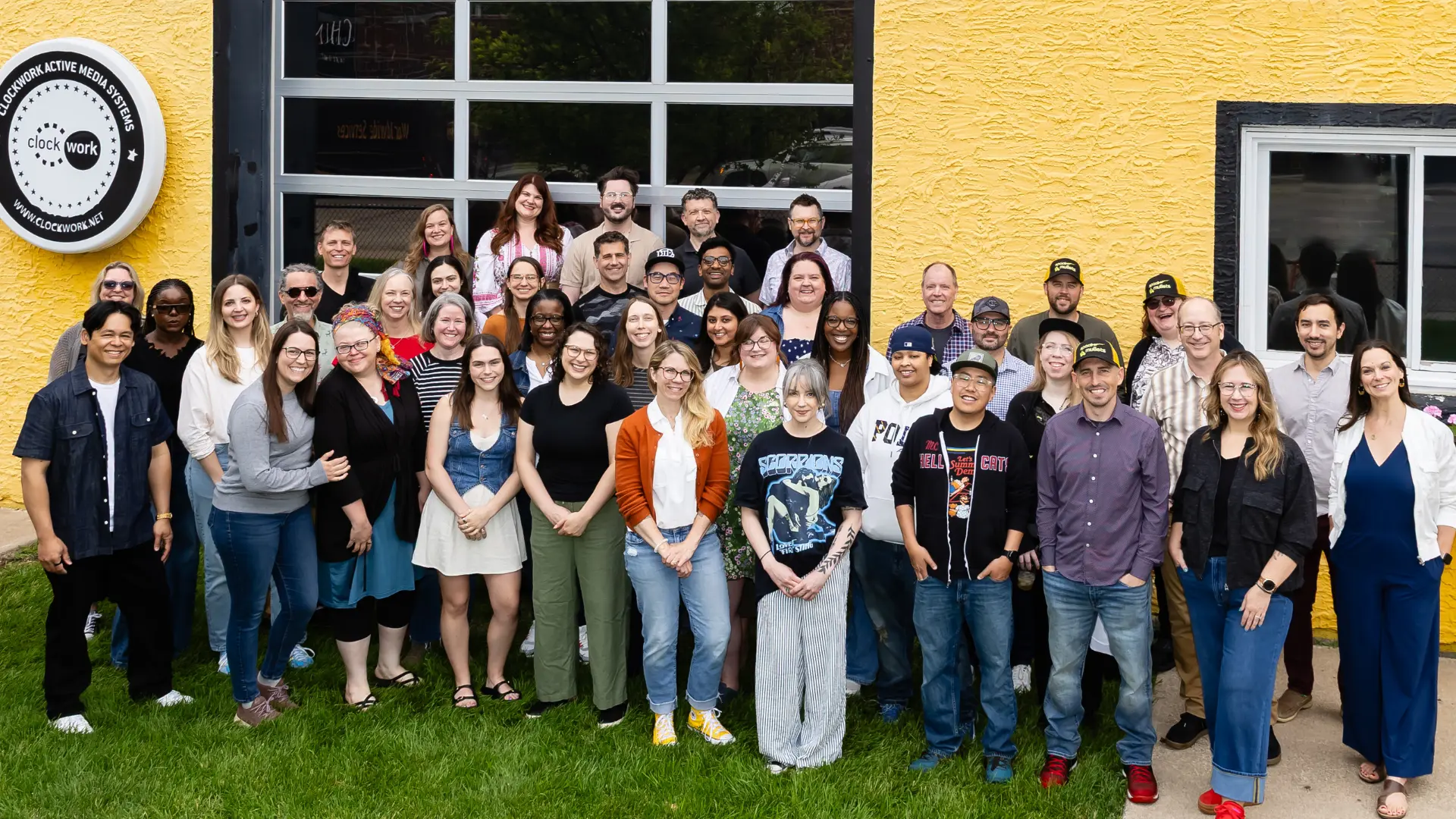What are system migrations anyway?
A migration involves transferring systems and data from one computing platform to another. Migrations are often a path to enhanced performance, scalability, and cost-effectiveness.
Why might we need to do one?
The systems that support our business get old. Business needs and customer expectations change and evolve. Decisions made five years ago may no longer be the most cost-effective way to support the business.
How hard are system migrations?
Unfortunately, there is not one answer to this question. Migrations can run the spectrum from easy to difficult. A migration’s difficulty level, cost, and duration depend on many readiness factors:
- System readiness: the system’s age, complexity, technical debt, and any custom code that may require changes
- Compliance and security readiness: regulatory compliance and security standards can significantly increase complexity
- Integrations and compatibility readiness: complexity of existing integrations, compatibility between the old and new environments, including middleware and dependencies
- Organization readiness: internal knowledge about the systems, documentation level, requirements for the new setting, knowledge of the new environment, stakeholder engagement, and change management capabilities
- Data readiness: the amount of data being moved, its integrity, and quality
- Future readiness: the improvements expected by the migration, such as increased scalability, increased reliability, and increased integrations
In addition to the readiness factors, these supporting activities can also impact the complexity of a migration:
- Amount of testing and validation required
- Required timeline
- Complexity of any required rollback strategy
- Quality project management and governance
Understanding that migrations can be multifaceted underscores why they can run the spectrum of difficulty. The ripple effects of migration can extend well beyond the IT department. In fact, they can touch every part of an organization. So, what does this imply for the business as a whole?
More than just IT
Effective migrations hinge on cross-functional collaboration. A successful migration goes beyond IT — it’s a concerted effort that spans Marketing, Sales, Operations, and beyond. Each department must be involved in planning to ensure alignment with the specific, and sometimes divergent, goals across the organization.
“Effective migrations hinge on cross-functional collaboration.”
Change management is the unsung hero of migration. It prepares people for the new environment, maintains productivity, and fosters adaptability. A successful migration isn’t just about getting to the new platform, but optimizing the new environment for future growth.
Migration is always more than a technical shift — it’s a strategic business move. The journey should be as strategic as the destination, with readiness checkpoints paving the way. With careful planning and collaboration, your migration can drive ongoing business growth and innovation by leveraging future capabilities.
Need advice?
Let’s talk more about your needs related to a migration. Set up a time to talk to a Clockworker where we can learn more and provide direction.




